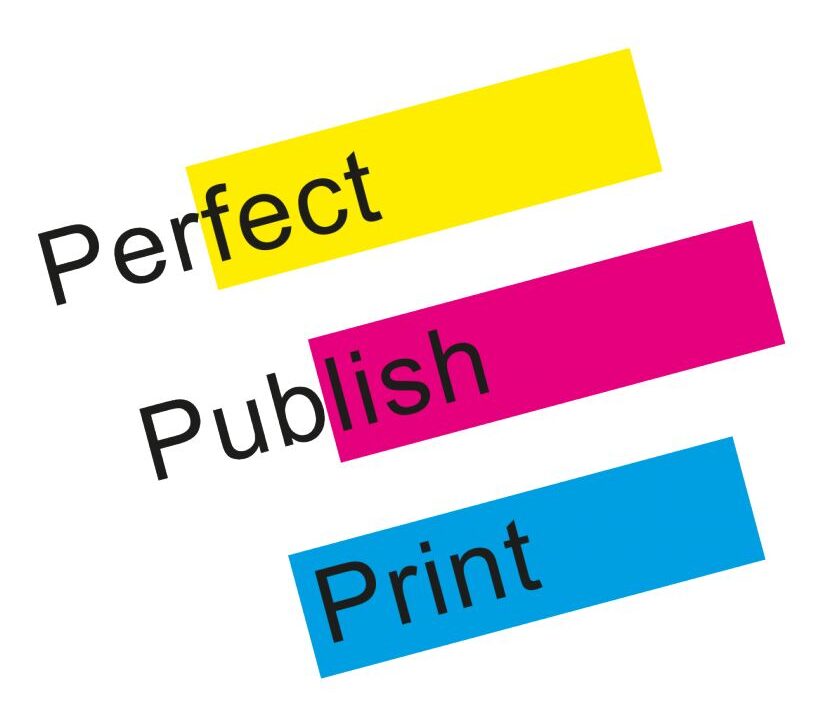When printing a book in Singapore, one of the biggest decisions you’ll face is whether to choose hardcover or softcover printing. Each option has its advantages, and the best choice depends on factors like budget, durability, and intended use. In this guide, we’ll compare hardcover and softcover books to help you make an informed decision.

What is Hardcover Book Printing?
A hardcover book, also known as a case-bound book, has a rigid, durable cover made of thick cardboard wrapped in printed paper, cloth, or leather. The pages are stitched or glued into the spine, giving the book a sturdy and premium feel.
Advantages of Hardcover Books:
- Durability: Hardcover books last longer as they have a strong binding and solid cover.
- Premium Look: Ideal for high-end publications like coffee table books, collector’s editions, and special releases.
- Better Protection: The rigid cover protects the pages from damage, making it ideal for books that need to withstand frequent handling.
- Higher Perceived Value: Hardcover books are often associated with prestige and quality, making them great for professional and academic publications.
Disadvantages of Hardcover Books:
- Higher Cost: Hardcover printing is more expensive due to materials and binding methods.
- Heavier and Bulkier: Not ideal for travel-friendly books as they are less portable.
- Longer Production Time: Because of the complex binding process, hardcover books take longer to print.
What is Softcover Book Printing?
A softcover book, also called a paperback, has a flexible, lightweight cover made of thick paper or cardstock. The pages are typically glued or stitched together, making the book more affordable and portable.
Advantages of Softcover Books:
- Cost-Effective: Softcover printing is significantly cheaper, making it ideal for self-published authors and businesses.
- Lightweight and Portable: Softcover books are easy to carry, making them perfect for novels, textbooks, and general reading materials.
- Faster Production: Compared to hardcover books, softcover books have a shorter turnaround time.
- Easier to Distribute: Due to their lower cost and weight, softcover books are more convenient for bulk printing and shipping.
Disadvantages of Softcover Books:
- Less Durable: Softcovers are more prone to bending, creasing, or tearing over time.
- Lower Perceived Value: Some readers associate softcover books with lower quality compared to hardcover editions.
- Less Protection for Pages: Since the cover is flexible, it doesn’t offer the same level of protection as a hardcover.
Which Option is Best for You?
The right choice depends on your book’s purpose, target audience, and budget:
- Choose Hardcover If: You want a durable, premium-quality book for professional or special editions. Ideal for coffee table books, photo books, corporate presentations, and high-end novels.
- Choose Softcover If: You need a cost-effective, lightweight, and easy-to-distribute book. Ideal for novels, textbooks, workbooks, and mass-market publications.
For book printing service in Singapore, many reputable printers offer both hardcover and softcover options. Consider your budget and needs before making a decision!
